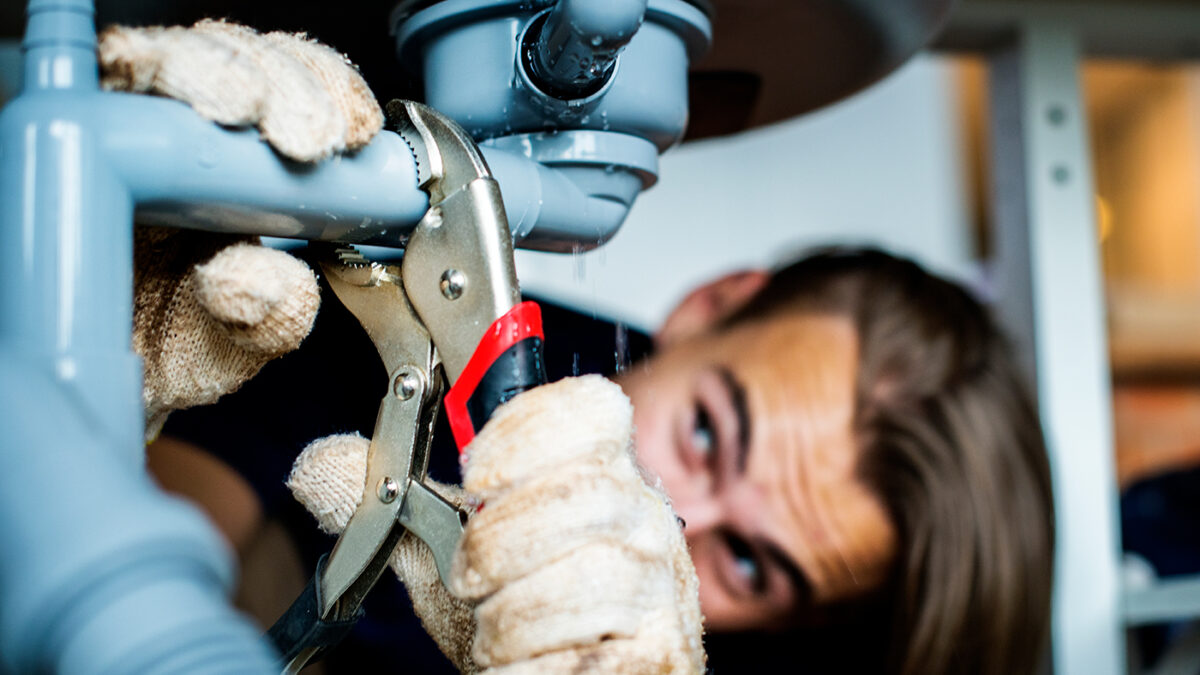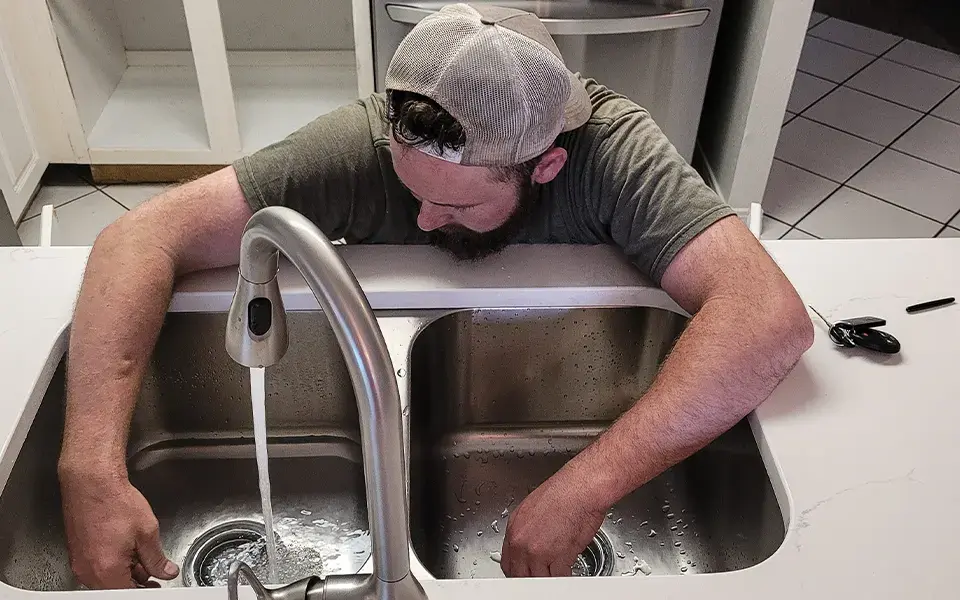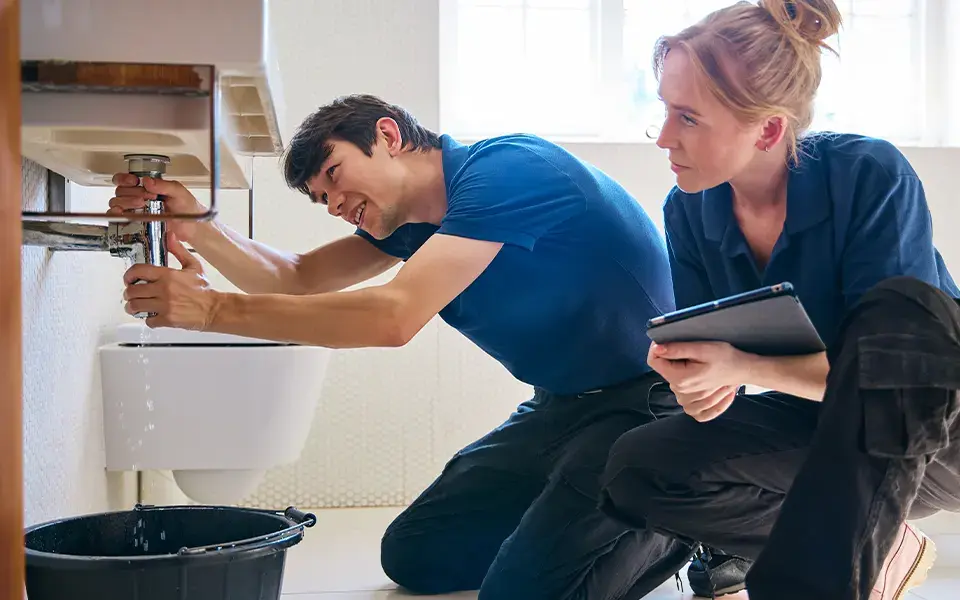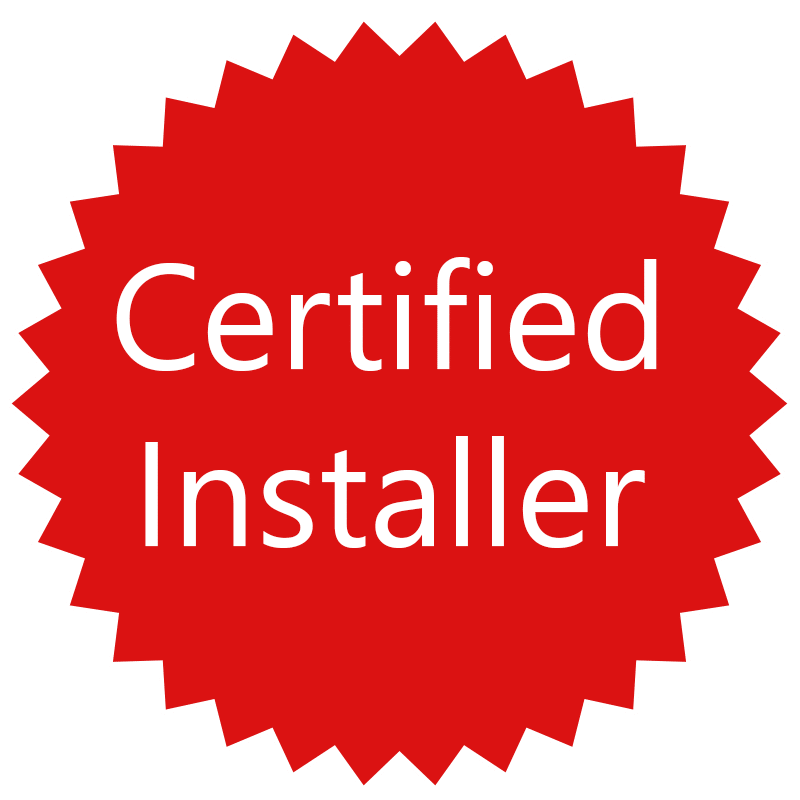
How and When to Winterize Your Home’s Plumbing in Kelowna
December 10, 2024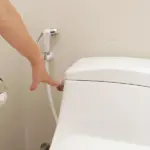
The Toilet’s Top Enemies: 6 Items That Are NOT Flushable
February 13, 2025As a homeowner, there’s a good chance you’ll endure a plumbing issue at some point. It could be a clogged drain, a leaky pipe, or a stubborn toilet.
Luckily, having the right plumbing tools on hand can save you both time and money. Not every homeowner is a plumbing expert, but a few essential tools will help you handle the most common plumbing problems without having to call in a professional. Here are the top plumbing tools every homeowner should have in their toolkit.
1. Plunger
When it comes to plumbing, the plunger is the MVP. It’s the first tool you’ll want to reach for when dealing with a clogged sink, toilet, or bathtub. A plunger works by creating pressure that helps dislodge blockages in your pipes. The most common types are the standard cup plunger, the flange plunger (ideal for toilets), and the accordion plunger.
The standard cup plunger is perfect for most sinks and bathtubs, while the flange plunger, with its extra rubber flange at the bottom, is specifically designed to tackle clogged toilets. If you’re dealing with a particularly stubborn clog, the accordion plunger can provide extra force to break it up.
To use a plunger effectively, make sure it creates a good seal around the drain opening. When you push down, the rubber should be tightly sealed, and when you pull up, it should break the suction, helping to loosen the clog. A few strong plunges should be enough to clear most minor blockages.
2. Drain Snake
If your plunger isn’t working, it might be time to bring in the big guns: the drain snake. A drain snake (or auger) is a long, flexible tool designed to reach deeper into pipes to clear stubborn clogs that a plunger just can’t budge. A snake drain works very well on things from slow-moving sink drains to fully clogged toilets.
Drain snakes come in two main types: manual and powered. The manual version is a long coil that you feed into the drain, twisting it as you go to break up the clog. Powered models, on the other hand, have a motor that does the work for you, making them more efficient for larger blockages.
Using a drain snake is fairly simple. Start by feeding the coil into the drain and turning the handle (or activating the motor on a powered model). The snake will grab onto the clog, allowing you to either break it up or pull it out. If you’re not sure whether a clog is beyond your reach, a drain snake is a great tool to help you examine the situation.
3. Wrenches
Wrenches are a must-have when plumbing. They help you tighten or loosen nuts and bolts, making them essential for fixing leaks, installing or removing plumbing fixtures, and adjusting water valves. There are several types of wrenches to consider adding to your toolbox.
- Adjustable Wrench: This versatile tool is perfect for various plumbing tasks. Its adjustable jaw means you can use it on different-sized nuts and bolts, making it an all-around essential for homeowners.
- Pipe Wrench: If you’re working with pipes or plumbing fixtures that are too tight for an adjustable wrench, a pipe wrench is your best bet. It has serrated jaws that grip onto pipes, allowing you to twist them free or tighten them as needed.
- Basin Wrench: This tool is designed specifically for working under sinks where space is tight. It has a long handle and jaws that can rotate, making it easier to grip and loosen nuts that hold faucets in place.
When using any wrench, be sure to apply steady, controlled pressure to avoid damaging the fixture or pipe. If you’re unsure about the type of wrench you need, a good adjustable wrench can often do the job, but it’s worth having a pipe wrench and basin wrench on hand for tougher jobs.
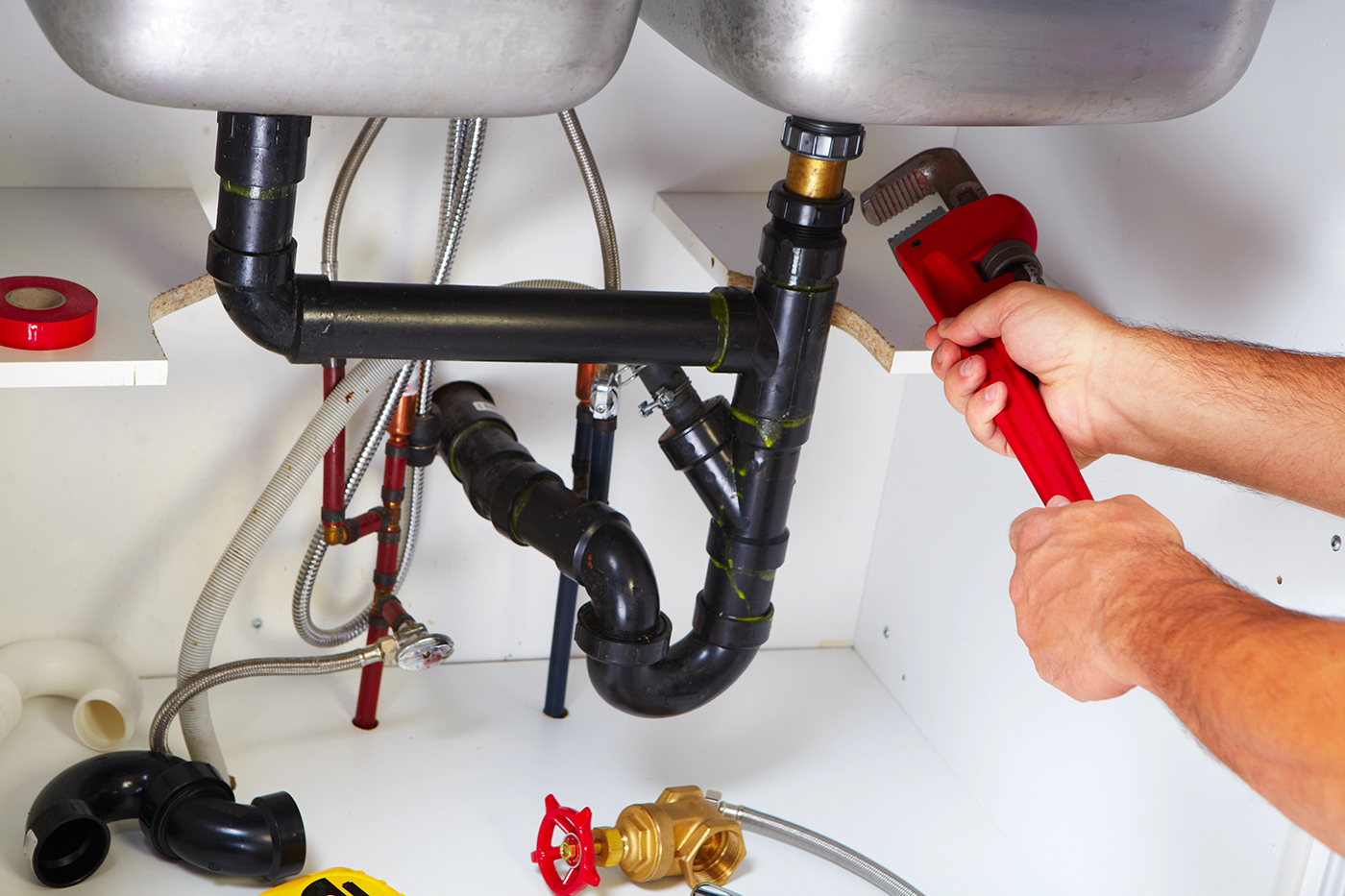
4. Pliers
Pliers are another essential tool in any plumbing toolkit. There are many different types of pliers, and each one serves a specific purpose. Here are a few you’ll likely use the most:
- Slip-Joint Pliers: These are perhaps the most versatile type of pliers. They have an adjustable joint that allows you to change the size of the jaws, making them great for gripping plumbing fittings, nuts, and pipes of different sizes.
- Needle-nose Pliers: If you’re working in a tight space (think under a sink or in a crawl space), needle-nose pliers are ideal. Their long, pointed jaws give you extra control and precision when manipulating small parts or pulling out wires.
- Tongue-and-Groove Pliers: Also known as channel-lock pliers, these are perfect for gripping pipes and fittings that are too large for slip-joint pliers. They’re especially useful when working with water supply lines or large plumbing components.
Having a variety of pliers in your toolbox ensures you’re prepared for whatever plumbing task comes your way. Pliers will make the job easier if you’re trying to tighten a loose connection or adjust a fitting in a hard-to-reach spot.
5. Flashlight
A flashlight might not be the first tool that comes to mind when you think of plumbing, but it’s essential, especially when you’re working in dimly lit areas like under sinks, in crawl spaces, or inside cabinets. A bright, durable flashlight can make all the difference when you need to see into dark corners or identify the source of a leak.
When choosing a flashlight, look for one that’s bright, long-lasting, and easy to carry around. LED flashlights are a popular choice because they’re energy-efficient and can shine a powerful beam. Some models are even waterproof, which can be handy if you’re working around water or in damp environments.
Be Prepared for Plumbing Emergencies
Plumbing issues can be overwhelming, but having the right tools makes it easier. With these essentials, you’ll be prepared for common problems and can add more tools as needed.
Remember, DIY fixes are perfect for small issues, but don’t hesitate to call a professional plumber for more complicated problems. Knowing when to ask for help saves time, money, and stress.
For any emergency plumbing issues that require professional attention in Kelowna, don’t hesitate to contact us—we’re here to help with all your plumbing needs.
